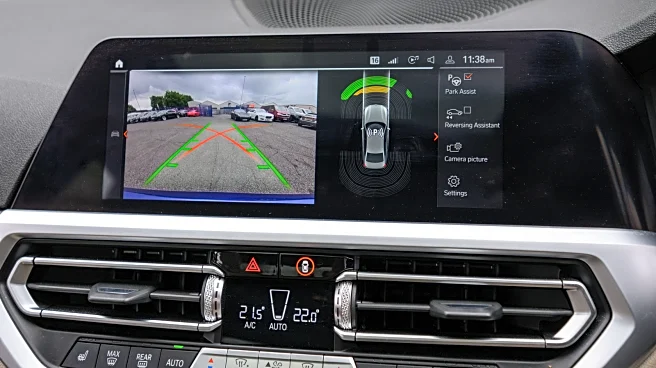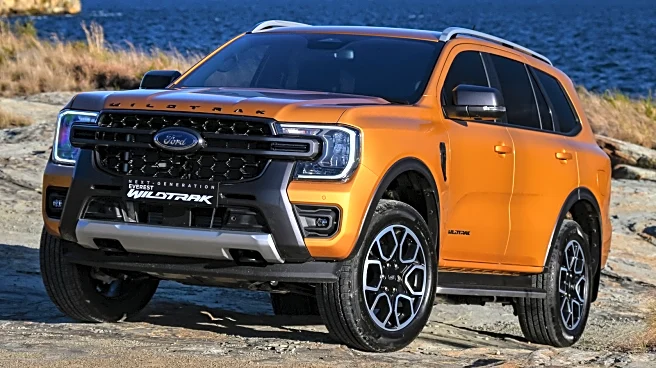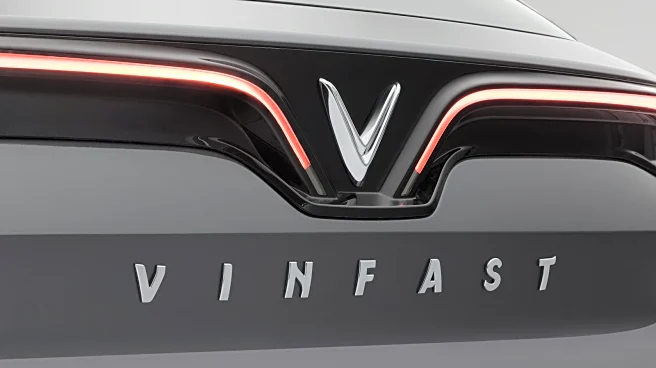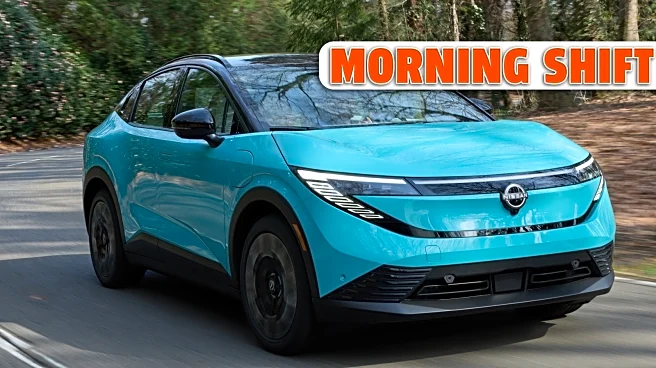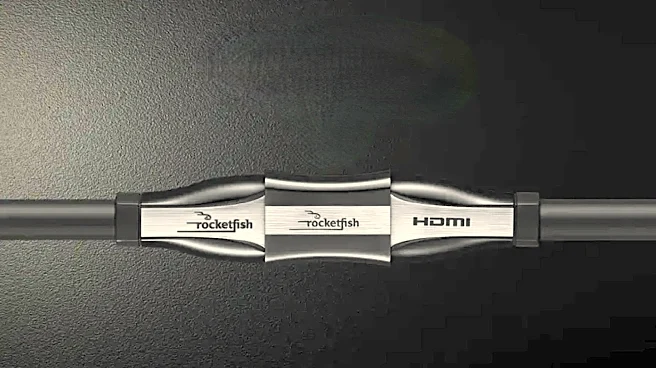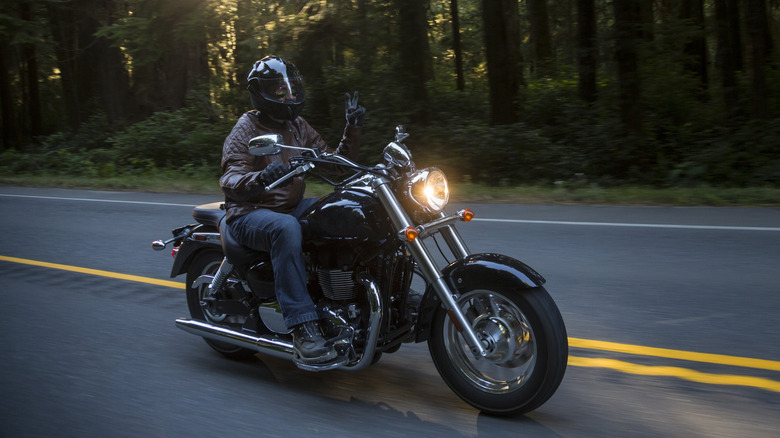
Whether it's full-coverage or liability-only, motorcycle insurance is a must-have requirement if you want to be a rider in the United States. Unfortunately, when you shop for your bike insurance, you'll realize that the premiums might feel a lot higher than you anticipated. Sometimes they might even rival the cost of insuring a car. After all, on average, you can expect to pay between $399 and $1,776 annually for full coverage, depending on the type of insurance and motorcycle.
While there are best
and worst insurance providers across the country, the high cost of motorcycle insurance stems from the fact that motorcycles are inherently risky investments for insurance companies. Unlike cars that spread the risk across airbags, a steel cage, and advanced safety features, motorcycle designs leave the rider exposed. That means a single mistake on the throttle or brakes can be the difference between an afternoon ride and a life-altering consequence.
In fact, according to the National Highway Traffic Safety Administration (NHTSA), riders are 28 times more likely to die in a crash than car occupants. Besides the risks involved, there are other elements that can affect your motorcycle insurance premiums. And whether you're a rookie or a veteran biker, it is incumbent on you to know what influences your motorcycle insurance costs because it could help you make informed decisions and save money.
Read more: 6 Of The Fastest Cruiser Motorcycles, Ranked By Top Speed
Factors That Influence Your Insurance Premium

When it comes to motorcycle insurance, it's always difficult to find two riders paying the same premiums. The reason is that what you pay is often calculated based on factors that assess your level of risk.
Let's be honest: there are some motorcycles that are difficult to ride. Sports bikes, for instance, receive a lot of love from enthusiasts primarily due to their lightning-fast acceleration. But the truth is that if you're a beginner, you'll want to avoid these bikes. They are difficult to handle and control. Plus, they have massive top speeds, making them the most dangerous bikes in an already perilous segment. Unfortunately, this risk will not only affect how you ride your bike, but it'll also have a direct impact on the amount you pay for insurance.
While you're at it, you'll also want to consider your personal details, as well. Riders with a clean driving record will definitely enjoy lower premiums compared to those with speeding tickets. In addition to that, if you are a young rider (think 25 years and below), you'll have to pay higher premiums because the insurer will probably view you as a less experienced rider who will likely take risks. Your geolocation also matters as much. Even if you're an experienced rider, if you live around a heavily populated metropolitan area, you should expect to pay up to 30% to 40% more than rural riders.
How To Lower Your Motorcycle Insurance Costs

Since nobody likes draining their wallets on motorcycle insurance, there are several strategies you can use to lower your annual premiums while still maintaining maximum protection. One way is to go for a standard, touring, or cruiser motorcycle instead of a sports bike or a sports-touring bike. You can even sweeten the deal by buying a classic or vintage bike because they have lower insurance policies than other motorcycles.
If you're a beginner, you'll also want to improve your riding skills. Normally, when calculating premiums, most insurers will want to learn more about your driving skills. So, by completing an approved rider safety course, you'll not just become a better, low-risk rider, you'll also reduce your insurance costs. Another option is to adjust your policy for more savings. In fact, this works best for riders with bikes that have stood the test of time. That said, if your bike is not worth a lot, you'll want to drop either the collision or comprehensive coverage because sometimes the cost of the insurance coverage might exceed the bike's actual cash value.
Another way to cut down your level of insurance coverage is by shopping around for quotes to ensure you're getting a competitive rate. Insurance companies usually weigh risk factors differently, so comparing offers from multiple providers can reveal variations in price for the very same coverage. And if you have other insurance plans, you can bundle your motorcycle policy with another insurance product (say your auto or home policy) for attractive discounts.
Want the latest in tech and auto trends? Subscribe to our free newsletter for the latest headlines, expert guides, and how-to tips, one email at a time.
Read the original article on SlashGear.


